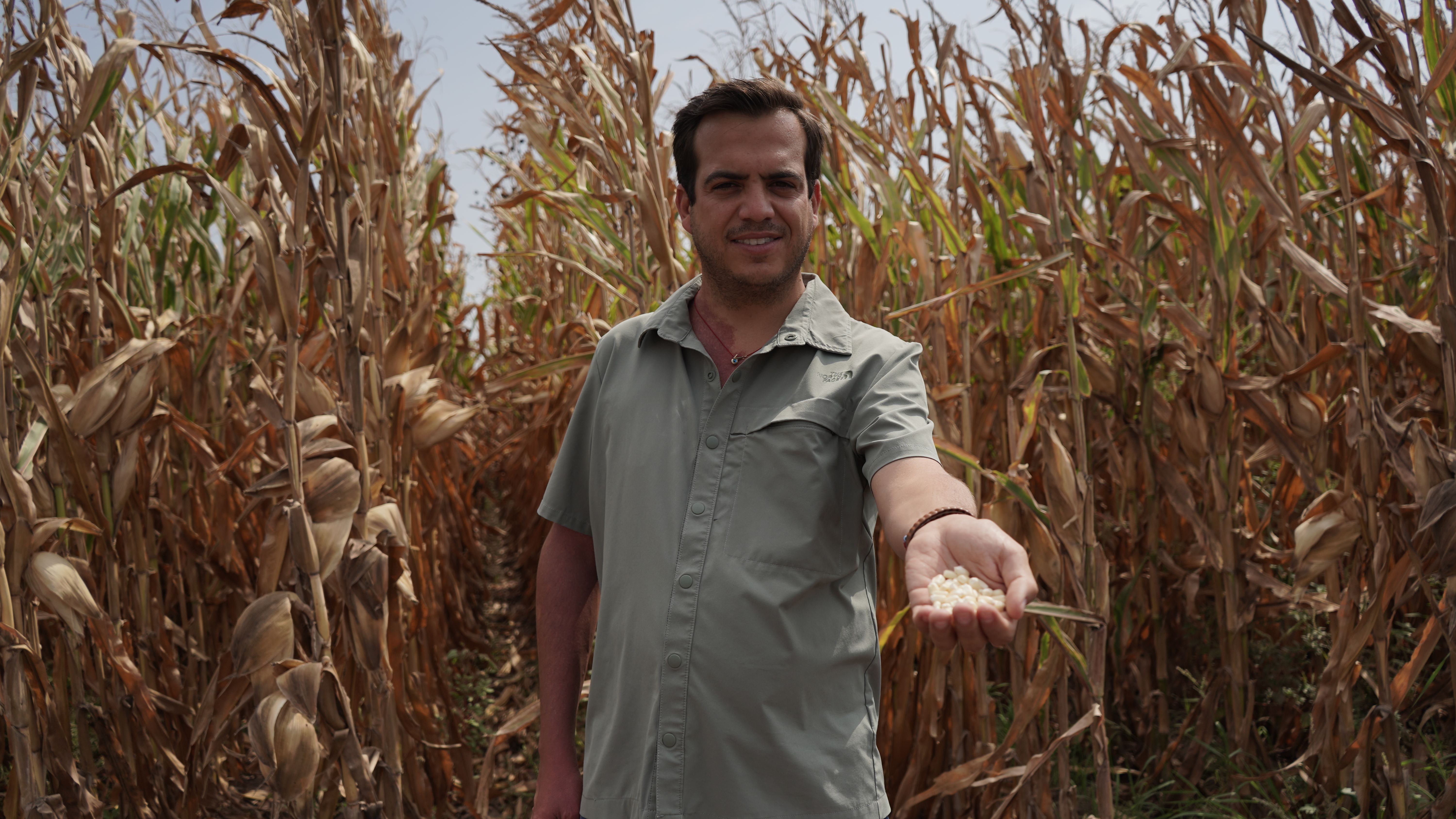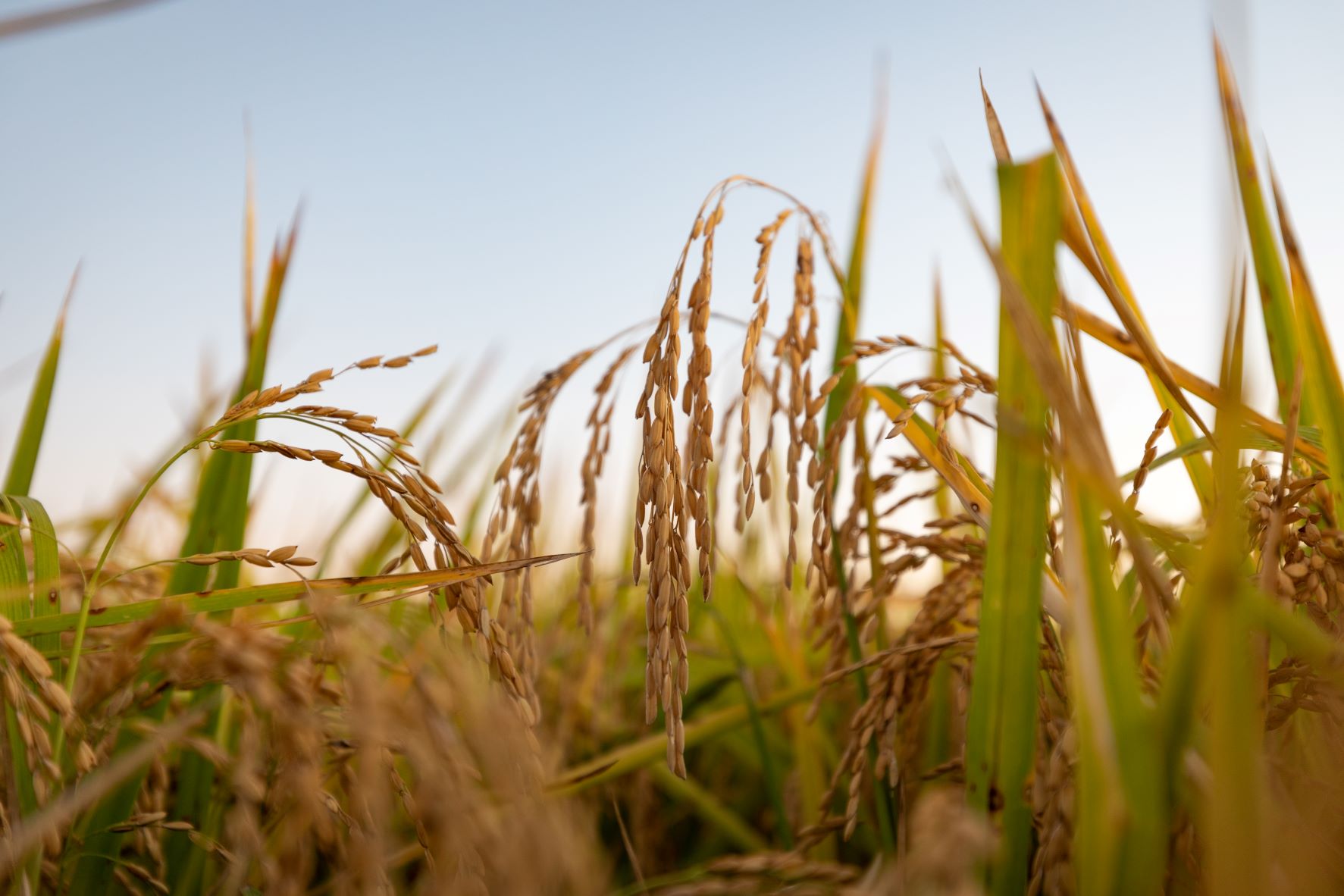Our food systems are under pressure to increase agricultural productivity and feed an extra two billion mouths by 2050 at the same time as the climate is warming, making it more difficult to rely on traditional methods. Although enough food is produced to feed the current population, a third of food is lost or wasted from farm to fork. It has made food loss a source of emissions that is too big to ignore.

When it comes to the biggest emitters, food loss and waste don’t necessarily spring to mind. However, one third of food is lost or wasted between harvesting, production, handling and storage, transportation and consumption. If food loss and waste were a country, it would be the third largest emitter in the world, after the US and China.
It is a sad reality given that hunger affects one in ten people globally. Beyond the cost of human suffering, food loss and waste come at an economic cost, too: according to the World Resources Institute, $1 trillion is lost each year. That is only the financial cost. Other consequences include wasted water, energy and fertiliser – losses that we cannot afford without increasing unnecessary pressure on land and natural resources.
Businesses in the agriculture, food and drink sectors increasingly focus on the most material but indirect emissions across their value chains (Scope 3 emissions). The food losses that occur in the supply chain are, however, often overlooked. Current Scope 3 reporting for food and drink companies, for example, often misses up to 15% of the emissions caused by food loss. These can include unaccounted spoilage as well as ineffective processes and inefficient logistics. Large brands can broadly factor an allowance for food losses in their carbon footprint calculations by choosing emission factors that include this value. Nonetheless, food losses’ financial and environmental implications are either unknown or not disclosed on their own. The greenhouse gas emissions associated with food losses could therefore be classified as ‘orphaned emissions’ – no one is taking responsibility for them.
Brands are going to great lengths to educate consumers about preventing food waste. But there remains little disclosure of the losses that occur in supply chains. A lack of data and uncertainty about quantifying food loss hinder desperately needed progress on an issue that is affecting everyone within the sector. It prevents all partners across the agricultural value chain from identifying interventions to minimise yield loss, preserve food quality, and tackle food loss head-on.
Avoiding food losses brings environmental benefits, improves food security, and protects profitability. It becomes, however, a challenge to justify any action to the board or investors if these cannot be quantified. Decision-makers need the data to substantiate their decisions to reduce food loss and the associated environmental and financial impact.
To help businesses across the agricultural food chain account for food loss, we helped the International Finance Corporation (IFC) develop a dedicated tool which can be used to estimate the greenhouse gas emissions and cost savings associated with an organisation’s food loss. With this tool, organisations can:
- Receive quick answers into the scale of greenhouse gas and financial savings resulting from projects that tackle food loss from farm to retailer.
- Provide quick answers with minimal data input requirements, overcoming a common lack of data to evaluate initial opportunities.
- Assess the potential impact of food loss from the supply chain on their footprints, land use and bottom line.
- Integrate food security and protection of resources into their wider decarbonisation strategies.
- Keep more food in circulation while reducing emissions and increasing profitability.
The tool breaks down emissions across the value chain phases: production, transport, storage, processing, retail, and landfill. It assesses food loss rates and emission factors for different crops and animal protein products in 117 countries across East Asia, Europe, Central Asia, Latin America and the Caribbean, the Middle East and North Africa, South Asia and sub-Saharan Africa.
The tool and the calculation methodology are available on the Global Agriculture and Food Security Program (GAFSP) website.





